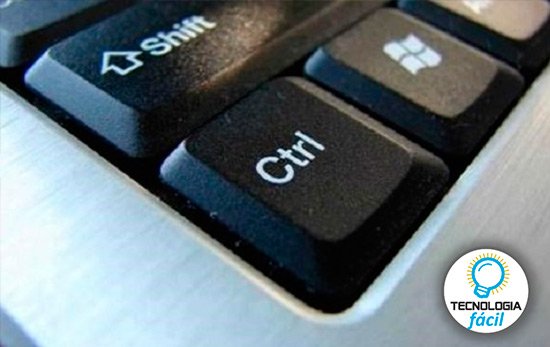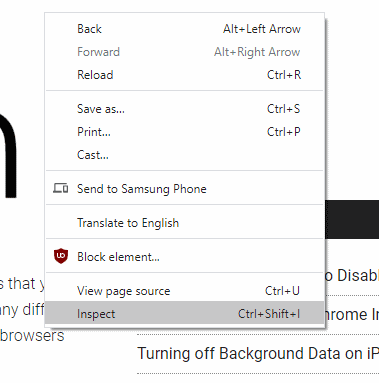

Letters in countries with alphabets containing more than 26 letters.These characters should not bae used in international interchange The characters following the letters may be used for additional \173 123 \x7D RIGHT BRACE (RIGHT CURLY BRACKET) (closing brace) \140 96 ` \圆0 LEFT SINGLE QUOTATION MARK, GRAVE ACCENT \135 93 ] \x5D RIGHT (SQUARE) BRACKET (closing bracket) \134 92 \ \x5C REVERSE SLANT (REVERSE SOLIDUS) (backslash, backslant) \133 91 [ \x5B LEFT (SQUARE) BRACKET (open bracket) \100 64 \x40 COMMERCIAL AT (see: UNIX keyboard CTRL) \074 60 \x3E GREATER-THAN SIGN (right angle bracket) \051 41 ) \x29 RIGHT PARENTHESIS (close parenthesis) \050 40 ( \x28 LEFT PARENTHESIS (open parenthesis)

\047 39 ' \x27 APOSTROPHE, RIGHT SINGLE QUOTATION MARK, ACUTE ACCENT (single quote) \043 35 # \x23: NUMBER SIGN (Pound sign) (see: UNIX keyboard CTRL) \177 127 DEL \x7F ^? (Delete) (see: UNIX keyboard CTRL) \037 31 US \x1F ^_ (Unit separator, Information separator one) \036 30 RS \x1E ^^ (Record separator, Information separator two) \035 29 GS \x1D ^] (Group separator, Information separator three) \034 28 FS \x1C ^\ (File separator, Information separator four) \032 26 SUB \x1A ^Z (Substitute character) \027 23 ETB \x17 ^W (End of transmission block) \025 21 NAK \x15 ^U (Negative acknowledge) (see: UNIX keyboard CTRL) \023 19 DC3 \x13 ^S (Device control 3) (XOFF) (Default UNIX STOP char.) \021 17 DC1 \x11 ^Q (Device control 1) (XON) (Default UNIX START char.) \015 13 CR \x0D ^M \r (Carriage return) (see: End of Line below) \012 10 LF \x0A ^J \n (Line feed) (Default UNIX NL) (see End of Line below) \010 8 BS \x08 ^H \b (Backspace) (\b matches backspace inside only) \004 4 EOT \x04 ^D (End of transmission) (see: UNIX keyboard CTRL) \003 3 ETX \x03 ^C (End of text) (see: UNIX keyboard CTRL) %40 = CharactersĬTRL (^D means to hold the CTRL key and hit d) HTML Character References use the Decimal code. Since its use varies from one system toĪnother, we will explicitly write only the first 7 bits. The msb of the byte is not written because it is sometimes reservedįor a parity bit (an error check: see later) and on some micro computersĪnother 128 special symbols (graphic characters or mathematical symbols) areĭefined using this eighth bit. The standard ASCII set consists of 128 binary codes, from 000 0000 to 111ġ111.
#QUE SIGNIFICA CTRL U CODE#
ItĬontains a binary code for all the characters generated by the keyboard, andĪ few others that are not generated by all keyboards. , ASCII is used, so that is all we will discuss here.ĪSCII is by far the more common of the two.ĪSCII stands for American Standard Code for Information Interchange. See also: Special Character Names Character UsageĬharacter data: ASCII and EBCDIC.
#QUE SIGNIFICA CTRL U ISO#

The ASCII (7-bit) (American National Standard Code for Information Interchange)Īs defined in ISO8859-1, (Latin 1) can also be used in HTML. The character set and some of the special uses of and restrictions on Processing systems use characters in different ways. Operating systems, programming/scripting lanuages, protocols and text


 0 kommentar(er)
0 kommentar(er)
